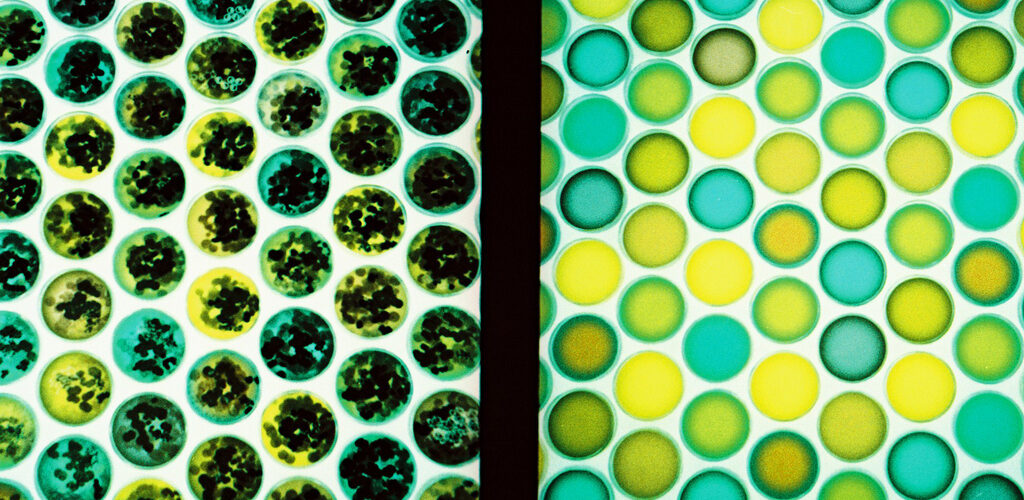Mind Your Bugs

Inhabiting our bodies is the considerable number of ‘friendly’ microbes which constitute the human microbiota: which is the amalgamation of microorganisms that live on or in the human body. These microorganisms are so numerous that they are thought to outnumber human cells within the body. Nowadays, it is common knowledge that a balanced microbiota is fundamental for our health, and this explains the ubiquity of probiotic products in our supermarkets.
Until recently, the microbes that colonised the human digestive tract were the most studied; however, advances in our knowledge of other areas of the human microbiota have changed this. A research team from Cleveland Clinic has been the first to characterise the differences between the microbiota in breast tissues of healthy and cancer patients1. They compared the bacterial composition present in breast tissues of healthy women that underwent cosmetic surgery with cancer patients who went through mastectomy – which is the removal of the entire breast for cancer treatment. Additionally, this study was accompanied by urine tests to detect site-distant bacterial differences. Cleveland Clinic’s researchers discovered that breast tissue derived from cancer patients contained less of the bacterial species Methylobacterium. Furthermore, potentially linked to breast cancer is the presence of well-known bacterial strains such as Corynebacteria, Staphylococci, Propionibacteriaceae and Actinomyces.
Breast cancer is the most common type of cancer in women worldwide (men can also get it!) as well as the most common in the UK – an estimated one in eight women in the UK get breast cancer during their lifetime2. It usually develops in cells neighbouring the milk ducts, and it can easily spread to the lymph node present in the breast and armpit. There is a staging system that can inform clinicians on the type of therapeutic strategy to adopt, and the most commonly used is the ‘TNM’ system. This approach is based on the size of the tumour (T), whether it reached the lymph nodes (N), or if it has spread to distant areas of the body by metastasis (M). Despite various treatments being available (such as chemotherapy, radiotherapy, hormone therapy and targeted cancer drugs) the battle against breast cancer is tough due to poorly described tumour subtypes and late diagnosis. Therefore, the most effective treatment opportunity remains early diagnosis.
Although further research is required, the findings of this study offer a promising potential for both diagnostics and cancer therapy. Microbial composition acquired from breast tissues by trivial needle biopsy (a small tissue sample) and urine tests could provide a profound and accessible diagnostic approach for early diagnosis of breast cancer. Whereas, analysis of bacteria linked to breast cancer could inspire new specific treatment that could reduce the number of ‘pro-cancer’ bacteria and eventually prevent further spread of the tumour. With all this in mind, it shows that what’s inside is what really counts.
Edited by Richard Murchie










